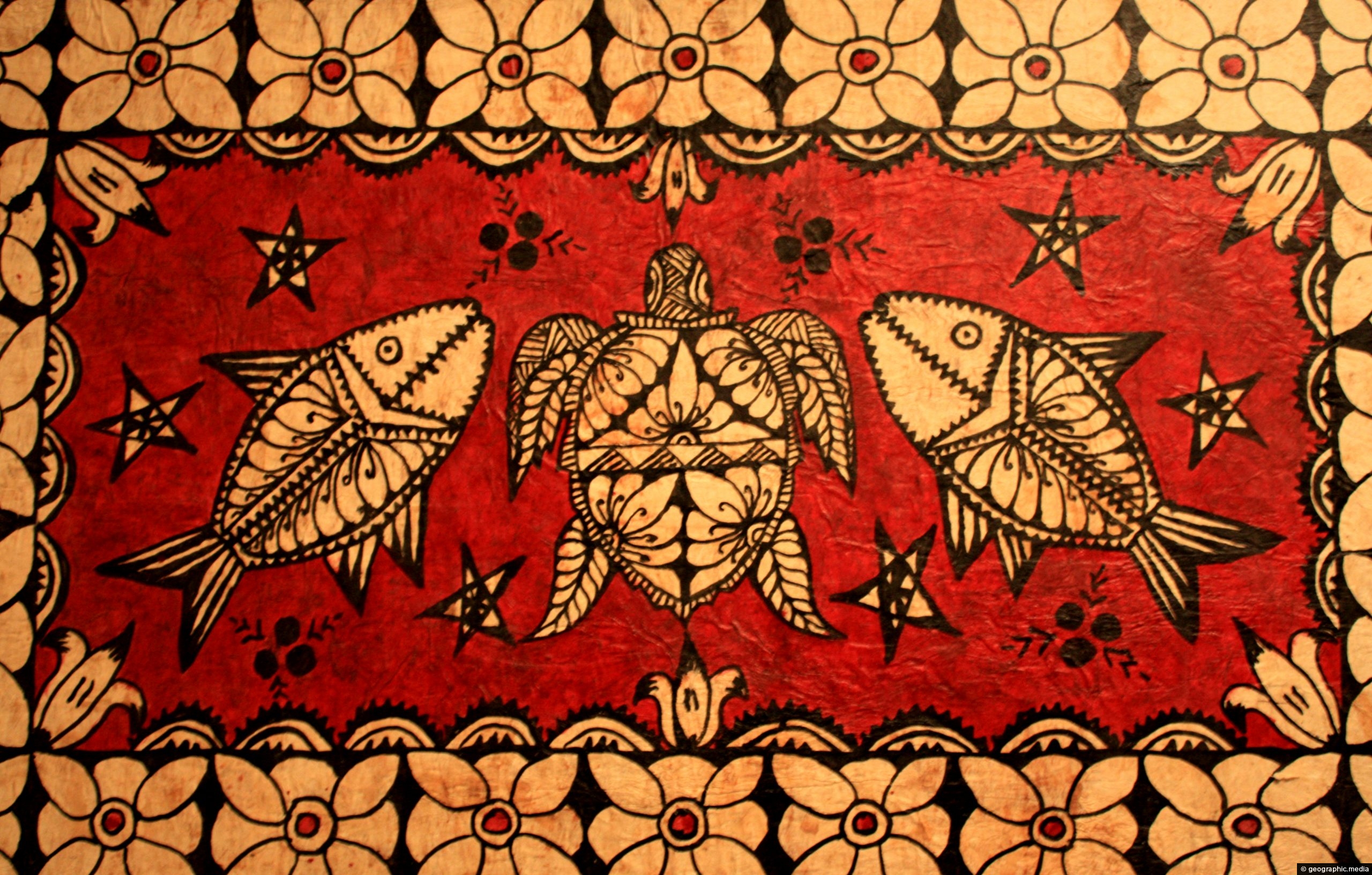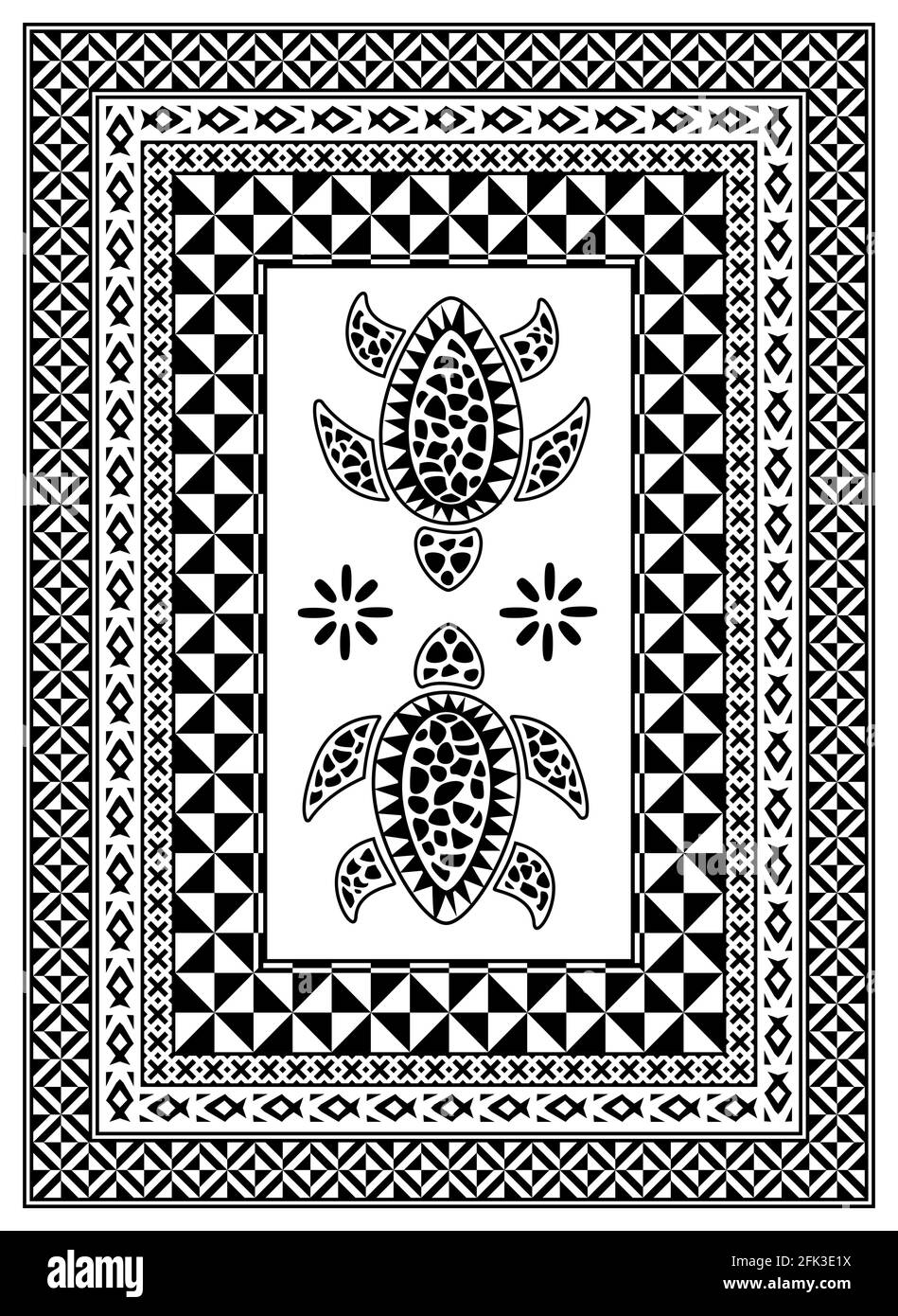
From Ancestral Threads to Global Runways: The Resurgence of Turtle Island Motifs in Fashion
The vibrant tapestries of Indigenous cultures across North America, collectively known as Turtle Island, are no longer confined to ceremonial regalia or museum exhibits. They are boldly striding onto global fashion runways, gracing editorial spreads, and profoundly shaping contemporary design narratives, reclaiming a powerful space in an industry that has historically marginalized or appropriated their artistry. This burgeoning movement is more than a trend; it is a cultural resurgence, an act of sovereignty, and a powerful statement of resilience, weaving ancient stories into modern aesthetics.
Turtle Island, a name rooted in various Indigenous creation stories describing North America, represents a vast and diverse tapestry of nations, languages, and artistic traditions. From the intricate beadwork of the Plains to the sophisticated weaving of the Southwest, the bold formline designs of the Northwest Coast, and the delicate floral patterns of the Anishinaabe, these art forms have always been replete with profound meaning. They are visual languages, communicating history, cosmology, kinship, and spiritual connection to the land and its creatures. Today, a new generation of Indigenous designers is meticulously translating these ancestral motifs into contemporary fashion, bridging millennia of tradition with cutting-edge design.
This moment of visibility for Indigenous fashion is not accidental; it is the culmination of decades of advocacy, cultural revitalization, and a broader societal reckoning with historical injustices. The digital age has played a crucial role, allowing Indigenous artists and entrepreneurs to bypass traditional gatekeepers and directly connect with global audiences, sharing their stories and selling their creations on their own terms. Simultaneously, there’s a growing demand from consumers for ethical, sustainable, and authentic fashion that tells a story, aligning perfectly with the values inherent in many Indigenous design philosophies.
At the heart of this movement are the motifs themselves – not merely decorative elements, but symbols imbued with deep cultural significance. The turtle, a central figure in many creation stories, symbolizes creation, longevity, and the earth itself. Its image, when incorporated into clothing, carries with it a narrative of origin and a deep respect for the natural world. Similarly, the bear, eagle, wolf, and other animals frequently appear, each representing specific teachings, clan lineages, or spiritual guardians. Geometric patterns, often derived from basketry, pottery, or quillwork, are not random but represent natural phenomena, star constellations, or sacred spaces. Floral designs, particularly prominent in Woodland and Métis cultures, are often inspired by local flora, meticulously rendered in beadwork or embroidery, celebrating the beauty and bounty of the land.
These designers are not simply copying historical patterns; they are engaging in a dynamic process of interpretation, innovation, and cultural affirmation. They understand the responsibility that comes with working with sacred or culturally significant designs. Their work often involves extensive research into their own tribal histories, consultations with elders, and a deep understanding of the protocols surrounding specific imagery. This ensures that the designs are not just aesthetically pleasing but are also culturally accurate and respectful.

One of the most prominent figures leading this charge is Jamie Okuma (Luiseño, Shoshone-Bannock), whose exquisite couture pieces seamlessly blend traditional beadwork and quillwork with high fashion silhouettes, often commanding prices on par with international luxury brands. Her work demonstrates a meticulous attention to detail and a profound understanding of her cultural heritage, proving that Indigenous artistry belongs at the pinnacle of global fashion. Similarly, Lesley Hampton (Anishinaabe), known for her inclusive sizing and body-positive messaging, frequently incorporates traditional motifs and materials, such as her signature star blanket designs, into modern, wearable collections that advocate for mental health awareness and Indigenous visibility. Her designs are a powerful declaration: "My designs are a love letter to my culture, but also a fierce declaration that Indigenous people are here, we are thriving, and our stories deserve to be told."
Bethany Yellowtail (Apsaalooke (Crow), Northern Cheyenne), through her brand B.Yellowtail, focuses on creating economic opportunities for Indigenous artists and designers across Turtle Island. Her collections feature bold prints and silhouettes inspired by her Crow heritage, often collaborating with other Indigenous artists to showcase their unique craft. Yellowtail’s commitment extends beyond aesthetics; it’s about community building and self-determination. "Our work is a reflection of our ancestors’ resilience," she states, "and a vision for the future of our people. It’s about empowering our communities through our art."
Other notable designers include Sho Sho Esquiro (Kaska Dena, Cree), whose avant-garde creations merge traditional materials like furs and hides with punk rock aesthetics, making powerful statements about environmentalism and Indigenous rights; and Sage Paul (English River First Nation), founder of Indigenous Fashion Arts (IFA), a vital platform that showcases and promotes Indigenous designers, fostering critical dialogue and economic growth within the community. These designers, and many others, are not just creating clothing; they are crafting narratives of survival, celebration, and resurgence.
The impact of this movement extends far beyond the aesthetics of the runway. Economically, it provides crucial opportunities for Indigenous artists and entrepreneurs to generate income and build sustainable businesses, often directly supporting their communities. Culturally, it acts as a powerful tool for education, allowing Indigenous peoples to share their stories and correct misconceptions about their histories and contemporary lives. It challenges persistent stereotypes, presenting Indigenous identities not as relics of the past but as dynamic, innovative, and vibrant forces in the present. This self-representation is a vital act of decolonization, allowing Indigenous peoples to define themselves on their own terms, rather than through the lens of colonial narratives.
However, this growth also brings critical conversations about cultural appropriation to the forefront. The fashion industry has a long and troubling history of taking Indigenous designs, patterns, and symbols without permission, understanding, or attribution, often stripping them of their cultural significance and profiting from them. This practice not only causes deep offense but also undermines the economic viability of Indigenous artists. The distinction between appreciation and appropriation is crucial: appreciation involves respectful engagement, collaboration, fair compensation, and deep understanding of cultural context, while appropriation is theft.
As the global spotlight increasingly turns towards Indigenous fashion, designers and consumers alike are urged to engage with intentionality and respect. Supporting Indigenous designers means seeking out brands that are Indigenous-owned and operated, ensuring that profits directly benefit the communities whose cultures are being celebrated. It means asking questions about the origins of designs and materials, and educating oneself about the rich diversity of Indigenous nations across Turtle Island. The demand for ethical frameworks, intellectual property protections, and genuine partnerships is growing, pushing the fashion industry towards more equitable and respectful practices.
The future of fashion designs with Turtle Island motifs is bright and expansive. We are witnessing not just a moment, but a sustained movement that will continue to evolve, inspire, and challenge the status quo. From New York Fashion Week to local community events, Indigenous designers are demonstrating that their heritage is a boundless wellspring of creativity, innovation, and profound beauty. Their work serves as a powerful reminder that fashion, at its best, is a form of storytelling – a way to honor the past, celebrate the present, and envision a future where all cultures are valued, respected, and given the space to shine on their own terms. The fashion world, long dominated by Eurocentric aesthetics, is finally beginning to understand that true innovation and profound beauty often lie in traditions that have been sustained for millennia, vibrant and alive, telling the ongoing story of Turtle Island.


